
Pastoralni pred-horror.
Further exploration of Dorset’s sunken pathways by Robert Macfarlane and film-maker Adam Scovell:
In 1971 Derek Jarman made a ten-minute silent short called Journey To Avebury, documenting a summer walk through the chalklands of southern England. The film seems, at first, more pastoral home-movie than avant-garde: sheep graze, footpaths dwindle into the long distance. Gradually, though, an eeriness builds. Where are the people? Who is holding the camera? The landscape feels emptied, rather than empty. Clouds glower and loom. A psychic weather communicates itself to the viewer: close, clammy, threatening. Vital to this atmosphere is the Super-8 film on which Jarman shot the work. Super-8 flickers and blebs. It bleeds. Colours lustre and thicken within it. Its scratchy textures suggest another set of frames underneath, showing through here and there; other stories trying to pry their ways out.
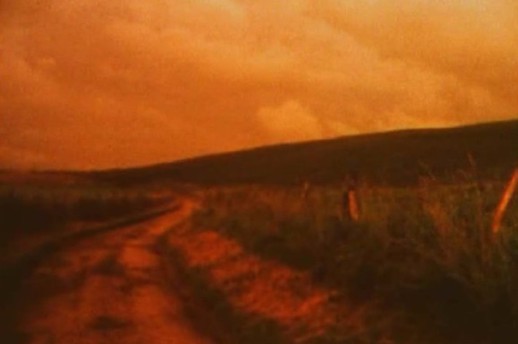
Early last year, I began a collaboration with a talented young film-maker called Adam Scovell. Inspired in part by Jarman, and by the possibilities of Super-8 as a medium that was also a form, we set out to make a short film about the sunken lanes in South Dorset that are known as holloways. I had become fascinated by these strange folds of land: by the manner in which history seemed to repeat – re-pleat – itself within and around them, across centuries, and by the patterns of echo and loop that I perceived the holloways as somehow generating. Super-8 – Adam’s preferred stock – seemed the perfect film on which to shoot this subject, given its palimpsestic surface and its shivery rhythms. I wrote a text to be spoken as voiceover, which I tried to ingrain with doublings and reversals (of image, word, sound). We wanted to make a film that cast a brief strong spell.
Adam spent two days filming in Dorset. He took his 1970s Canon camera, and three 3 ½-minute rolls of Kodak. That was all. No room for error on a nine-minute film. None of the digital luxuries of firing off test-bursts, or letting the camera run. I admired his parsimony and control; wished I could acquire some as a writer. He hit winter days of white light, rain, sun flares and water flooding the bellies of the holloways like mercury.
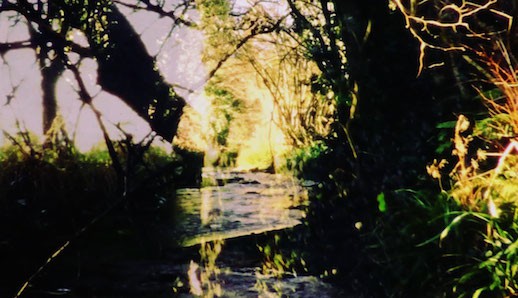
Then Adam edited. On and off for seven months – getting on for a month per minute. I admired his patience and commitment; wished I could acquire some as a writer. He layered in wildtrack of the holloways, recorded by the artist and composer James Bulley. He underlaid the Super-8 here and there with Stanley Donwood’s artwork: spectral pencil underworld to the celluloid upperworld.
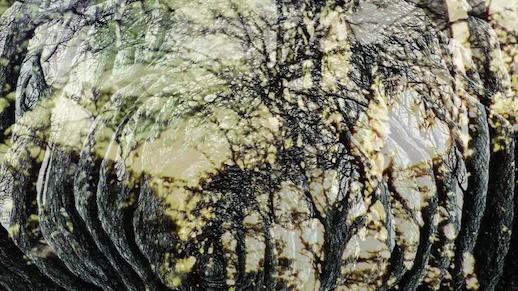
At last there was a near-final edit. At that point we approached the musician and poet Richard Skelton to see if he would score the film. He agreed, and wrote original music for it. So it came together. Hommage to Jarman and the holloways. A layered film about a layered place; a film of folds about a folded place.
The Super-8 had a last surprise for us, though. Embedded in Adam’s footage were several dark forms, human-ish in outline, unidentifiable but unmistakable, visible within the leaves or the shadows. ‘What the hell is that thing at 2.02?’, I e-mailed Adam. ‘I’m glad you can see it too,’ he replied. ‘My dad thinks I’ve gone mad…’.
https://www.caughtbytheriver.net/2015/07/robert-macfarlane-stanley-donwood-holloways/
It feels odd to finally be able to say that Holloway is finished. This oddness derives not just from the fact that it has been the longest planned film that I’ve produced so far (starting all the way back from Robert Macfarlane’s first email to me in February 2014) but because the subject of the film itself is never-ending. The holloways of Dorset do not end because really they fail to leave the minds of those who walk upon their paths. Technically though, the film is finished and though I have mentioned variously the planning and the process of filming it in several articles, there’s still a few elements that I feel round off the film and project as a whole.
In Robert’s main chapter of writing on the holloways in The Wild Places, he suggests both the process and what could even be termed the genre-like form that I wish the film to sit within:
An artistic tradition has long existed in England concerning the idea of the ‘unseen landscape’, the small-scale wild place. Artists who have hallowed the detail of landscape and found it hallowing in return, who have often found the boundless in the bounded, and seen visions in ditches. (2007, p.227).
Holloway is immersed in this unseen landscape, aiming to create textures from it in order to provide the very real sense of diving into the underworld that walking these paths actually spawns. As is refreshing when finally escaping out of these paths and back into vast plains of landscape, it is often contrasted with visuals of the more open aspects of this area; a rural equivalent of Orwell’s “coming up for air” so to speak.
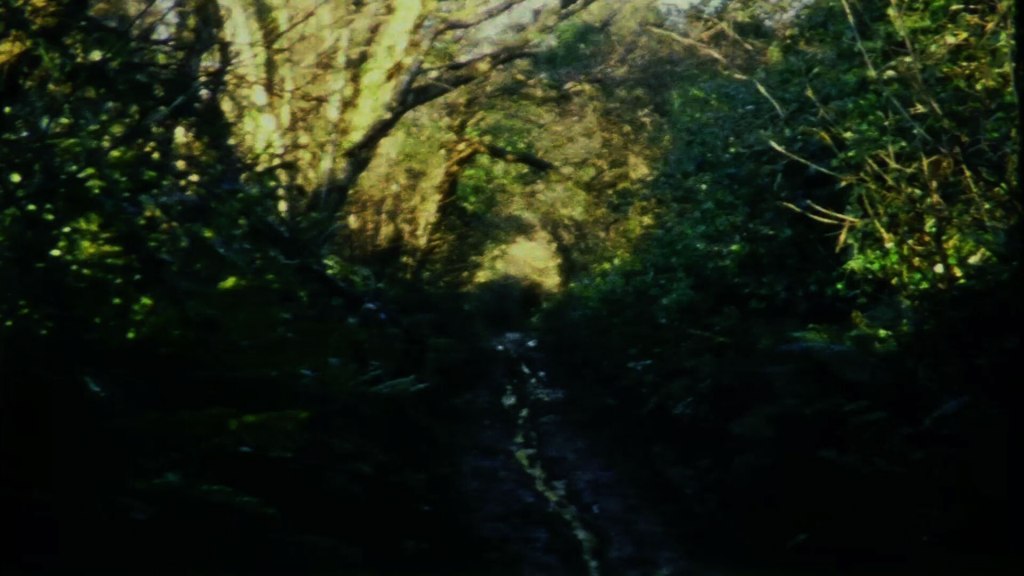
If you managed to catch Robert’s fantastic Guardian article on the “English Eerie” a few months back, you may also be aware of the chief influence on this film; an influence I don’t mind acknowledging as the differences between the work is vast enough to avoid accusations of copy. In the article Robert mentions that “… the contemporary eerie feeds off its earlier counterparts, as with Millar off Blackwood, Fisher off James and Scovell off Jarman.” having earlier explained that he’s been working alongside with me “…to adapt a co-written book called Holloway into a nine minute Super-8 short, inspired in part by Derek Jarman’s early silent film, Journey To Avebury (1971).” (Guardian, 11/04/2015). Jarman’s film presents a form that arguably also ties into the phenomenological conception of Robert’s unseen landscape artists and it is the same sense of discovery, of being lost (in time as well as in space) and the sheer power of landscape on grain that we both wish for Holloway as a film to convey. Hopefully this comes across in earnest and in the best spirit of a very polite but subtle tipping of the Super-8 hat to the alchemical sage.
Perhaps the final aspect to mention is the difference that music makes and the presence Richard Skelton‘s work in the film. Skelton came to the project late on for a number of reasons. I was only introduced to his music in the last few months (ironically whilst in the midst of editing the film visually) and it was not until the connection was made between the music a friend had been recommending and the musician to whom Robert devotes a whole chapter of his latest book, Landmarks, that the choice of who to score the film became completely obvious. It goes without saying that his textural drones and occasional On Land-esque melodies add wonderfully to the film’s undercurrents of eeriness.

I can only end with offering my deepest thanks to all who helped make the project possible. My thanks to Richard for his brilliant music, to Stanley Donwood for kindly letting me use his stunning artwork, to James Bulley and Giles Stogden for their fantastic soundscape, to Dan Richards for his support (and for sending me a copy of his latest book which is superb), to Jeff Barrett for getting it out there and publishing it on Caught By The River and to Hell Barn Cottages in Dorset for giving me a cheap rate in their haunted barn. And finally, thanks to Robert who has given me more creative support over the last year or so than just about anyone else I know. Here’s to the next one.
A campaign to save one of the Dorset Holloways can be found here.
Adam.
Author Robert Macfarlane and film-maker Adam Scovell have put together a wonderfully eerie short film adaptation of the best-selling Faber book, Holloway. In July 2005, Robert Macfarlane and Roger Deakin – author of Wildwood – travelled to explore the holloways of South Dorset’s sandstone. They found their way into a landscape of shadows, spectres & great strangeness. Six years later, after Roger Deakin’s early death, Robert Macfarlane returned to the holloway with the artist Stanley Donwood and writer Dan Richards. The book – now a bestseller – is about those journeys and that landscape.
Moving in the spaces between social history, psychogeography and travel writing, Holloway is a beautiful and haunted work of art – so much so, that it lends itself perfectly to the medium of film. Macfarlane’s collaboration with film-maker Adam Scovell is a haunting further exploration of Dorset’s sunken pathways.
“I had become fascinated by these strange folds of land: by the manner in which history seemed to repeat – re-pleat – itself within and around them, across centuries, and by the patterns of echo and loop that I perceived the holloways as somehow generating. Super-8 – Adam’s preferred stock – seemed the perfect film on which to shoot this subject, given its palimpsestic surface and its shivery rhythms. I wrote a text to be spoken as voiceover, which I tried to ingrain with doublings and reversals (of image, word, sound). We wanted to make a film that cast a brief strong spell.”https://www.faber.co.uk/blog/holloway-robert-macfarlane-short-film-released/
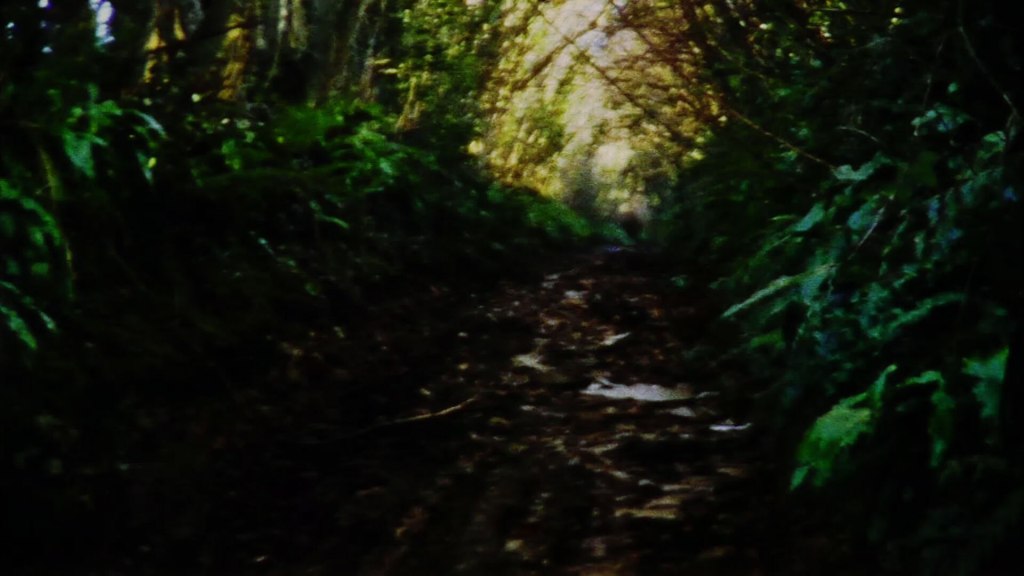
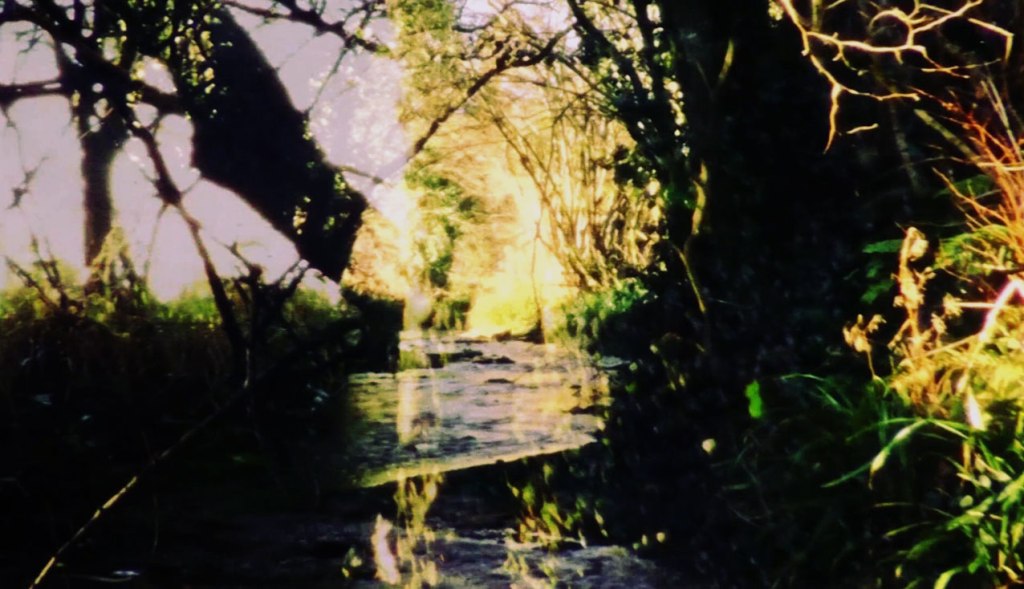
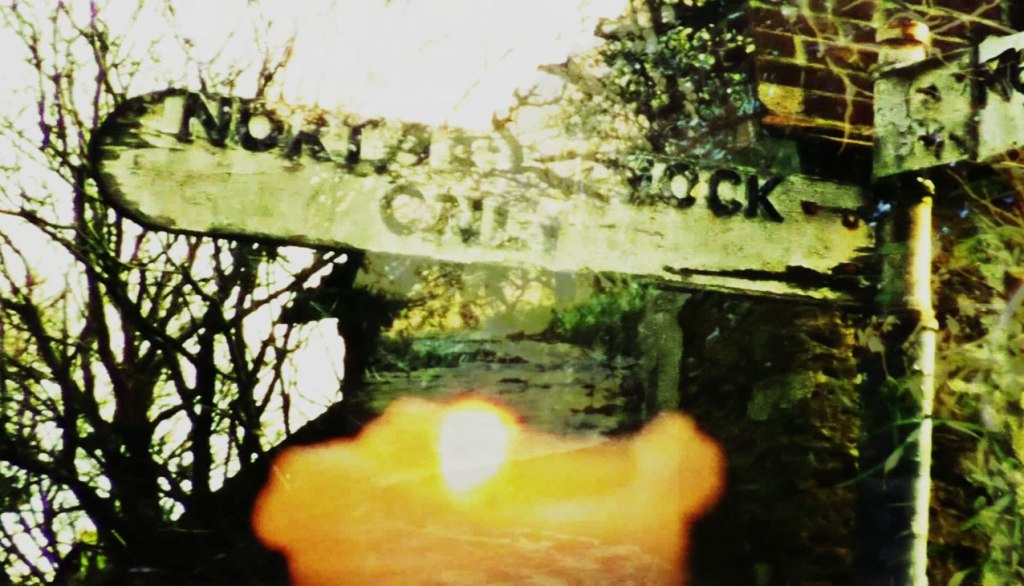
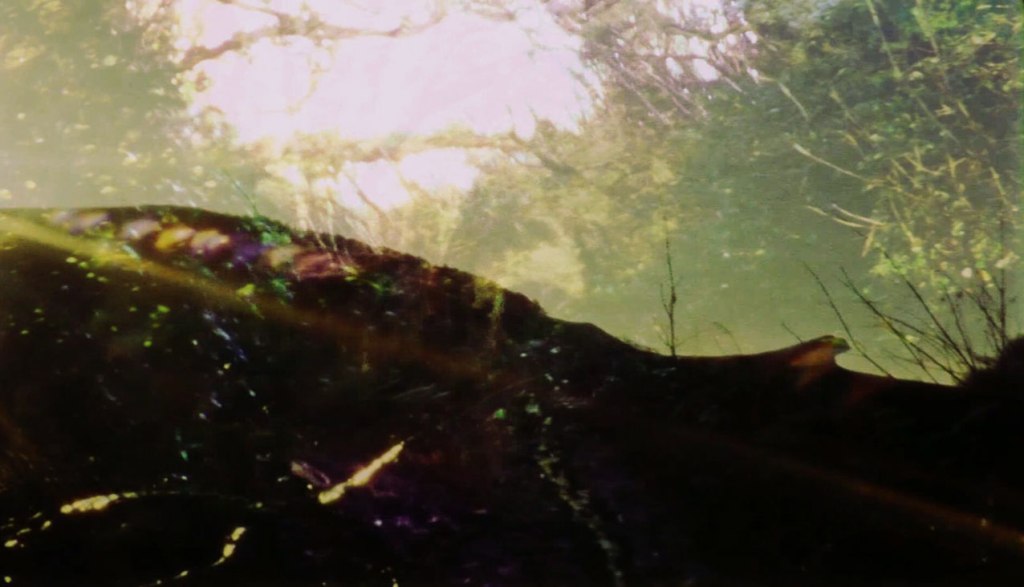



Nema komentara:
Objavi komentar